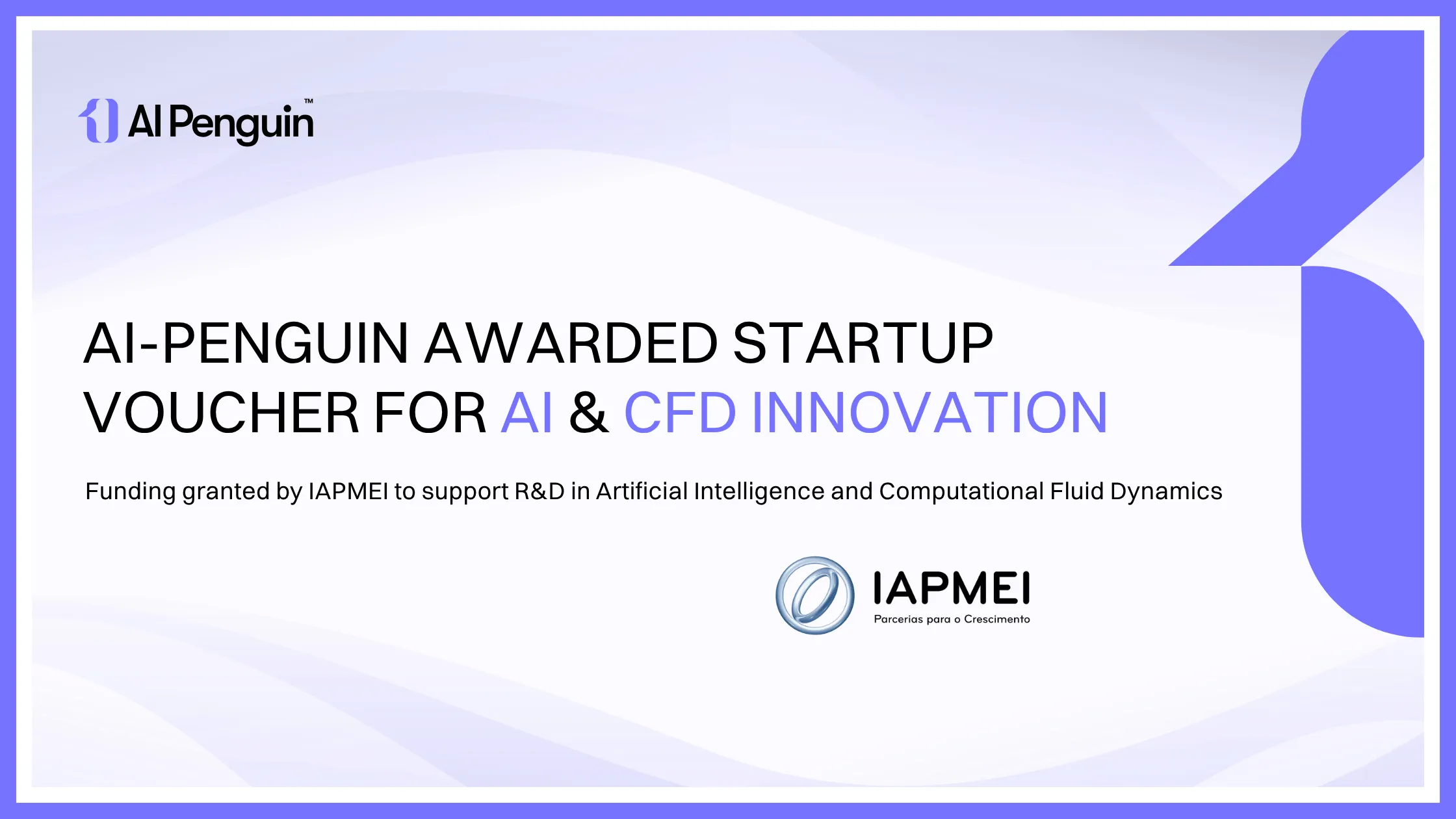Partnering with CEFT-FEUP on Exploratory AI/Fluid Dynamics Project
We are pleased to announce that our company is partnering with CEFT (Transport Phenomena Research Center) at the Faculty of Engineering of the University of Porto (FEUP) on a new research initiative funded by the Foundation for Science and Technology (FCT). The project, titled Generative Artificial Intelligence for Fluid Dynamics, brings together experts in fluid mechanics and artificial intelligence to address key challenges in the evaluation of generative models applied to multiphase flows.
By AI Penguin Team - 2025-06-27
The core aim of this project is to develop a robust and standardized framework for assessing the performance of Super-Resolution (SR) models based on Generative AI (GAI), with a particular focus on gas-liquid biphasic systems. These complex systems are prevalent across a range of engineering applications, including bubble columns, pipeline transport, multiphase reactors, and wastewater treatment. Given the difficulty of capturing accurate and detailed information from such systems—whether experimentally or through computational models—the use of AI, and in particular generative models, presents a promising alternative.
While recent advances in generative AI have demonstrated strong potential in upscaling images and improving data quality, the field still lacks consensus on how to systematically and reliably evaluate these models in the context of fluid dynamics. This project aims to fill this gap by creating a multi-phase evaluation strategy that includes the collection of reference datasets, a critical review of current GAI methods (such as GANs, autoencoders, and transformers), and the development of new metrics tailored to the specific demands of flow dynamics.
Through this collaboration, we aim to contribute our expertise in applied AI to help build a more rigorous foundation for the future use of generative models in Computational Fluid Dynamics workflows. The end goal is to enable broader adoption of AI techniques in fluid dynamics, reduce computational costs, and ultimately support more efficient and innovative engineering solutions.
We are proud to be part of this forward-looking initiative and look forward to sharing more updates as the project progresses.



